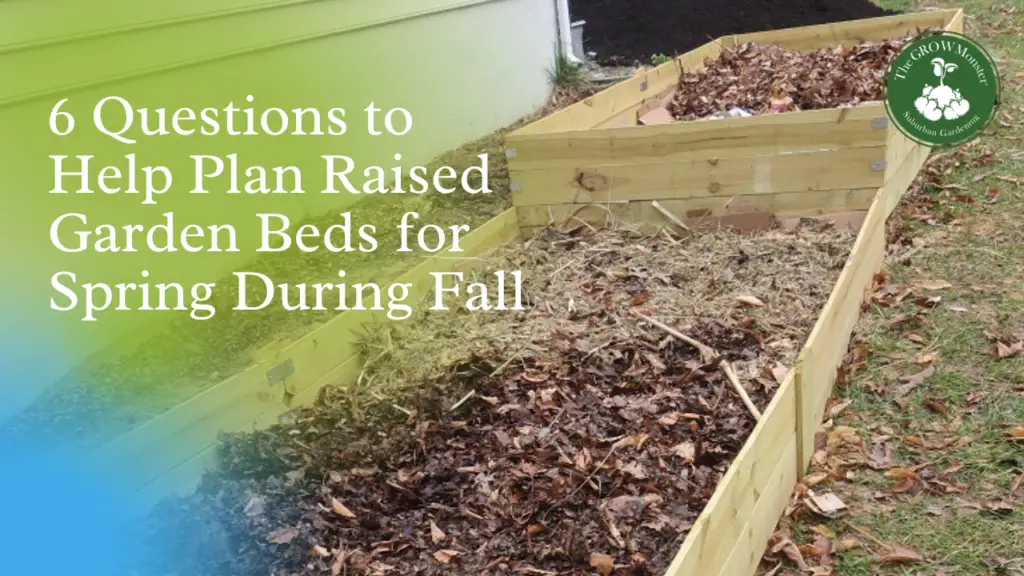Whether it is business or gardening, it is important to let certain questions drive the planning process for raised garden beds. Managing a raised garden bed is much like managing a business. When running a business, it is important to establish some kind of ‘plan’ in order for the business to grow (pardon the pun). It is also important to create a plan for your garden. At The Grow Monster, we’ve put together this list of questions to help you plan raised garden beds for spring.
There are six questions you can ask yourself in the fall to help you plan raised garden beds for spring, and they are:
- What will I be planting in raised garden beds?
- Will I need additional raised garden beds?
- Do the current raised beds need repairs?
- Will I grow a cover crop over the winter?
- Will I need to order additional compost or mulch?
- Will I need soil amendments?
Gardeners want their garden beds to grow and prosper just as much as a business owner wants their business to grow and prosper. In addition to that, The Grow Monster recognizes that the word ‘plant’ also contains the word ‘plan’, so The Grow Monster will make every attempt to have garden plans in place for the garden plants that will be growing in our raised garden beds. Plan in the fall for raised garden beds by the time spring begins with these six questions worth considering. Read on to explore those questions here in this post.
What Will I be Planting in Raised Garden Beds?
In business, it is important to forecast customer demands for a given product line and to have the right processes in place and at the right time to meet those demands. The same goes with gardening. When you plan raised garden beds for spring, you need to know ahead of time what you intend to be planting in them and to ensure you have the seeds available when you need them, or know what stores and nurseries you will be acquiring the plants from to be placed in the beds.
Take some time in the fall to consider what vegetable or flowers you will be growing in the garden beds and be sure to begin the acquisition process for any seeds and supplies you might need. Consider what catalogs you will need to be ordering from, then review them and get those orders in as early as you can. You don’t want to order your seeds from the catalog too late into the spring time, when other customers will be placing their orders at the same time. You risk the supplier being out of stock. Get ahead of the curve, and order early.
There is nothing like showing up to spring with empty raised garden beds and nothing to plant in them. Planning your garden ahead of time, even in the fall, will go a long ways to help ensure you have everything you need the following spring.
Also plan to get your seeds started early, as in winter-early. The Grow Monster does have some interesting approaches for you to consider including germinating seeds easily using the 2-liter bottle method and the winter sowing method. Both approaches can be used to get plants started early prior to placing them in your raised garden beds in the spring time.
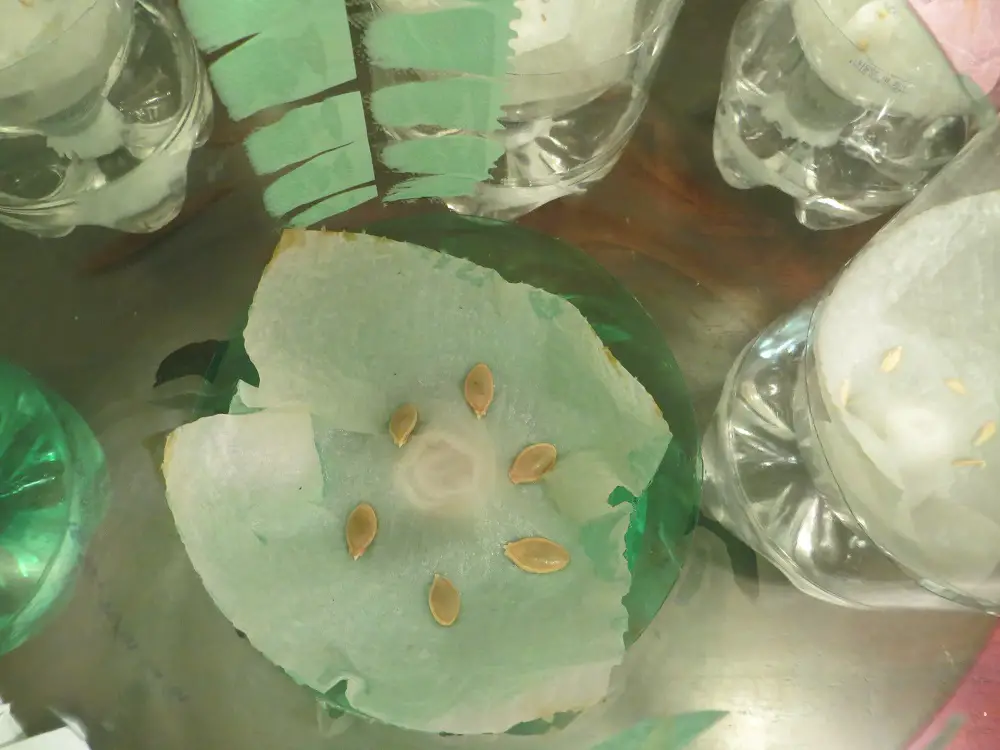
Will I Need Additional Raised Garden Beds?
The demand for a product or service will drive the need for a business to improve processes and tools to meet that demand. In those instances the business might require hiring more people, or acquiring more machines and equipment to meet the demand. The same things goes with gardening and raised beds. If you look back at the previous year’s produce and determined that you would like to grow more of a given vegetable, it is possible that you will need to consider the construction of additional raised garden beds.
By asking yourself this question in the fall, you will be allowing yourself the time to plan for the additional raised beds by springtime. It is reasonable that you can have the materials, compost, soil, and mulch acquired and the new raised bed built before the first snow fall so that you are not racing to construct the raised bed in spring when you are ready to begin the first planting. Starting in the fall to plan raised garden beds for spring will allow you the option to construct the additional raised garden beds on nice days in late winter, but before the last frost.
Do the Current Raised Beds Need Repairs?
In the manufacturing business, the continued maintenance of machines and equipment along the assembly line is a way of life. If left unchecked, the quality of the product will be compromised as machines don’t measure as accurately or cut as smoothly. The same thing goes with addressing the health of your raised garden beds. The integrity and structure of the raised garden beds will begin to degrade with time and the changing seasons. Each season, you should address what you are doing to prepare your raised garden beds, check out this article to prepare for winter.
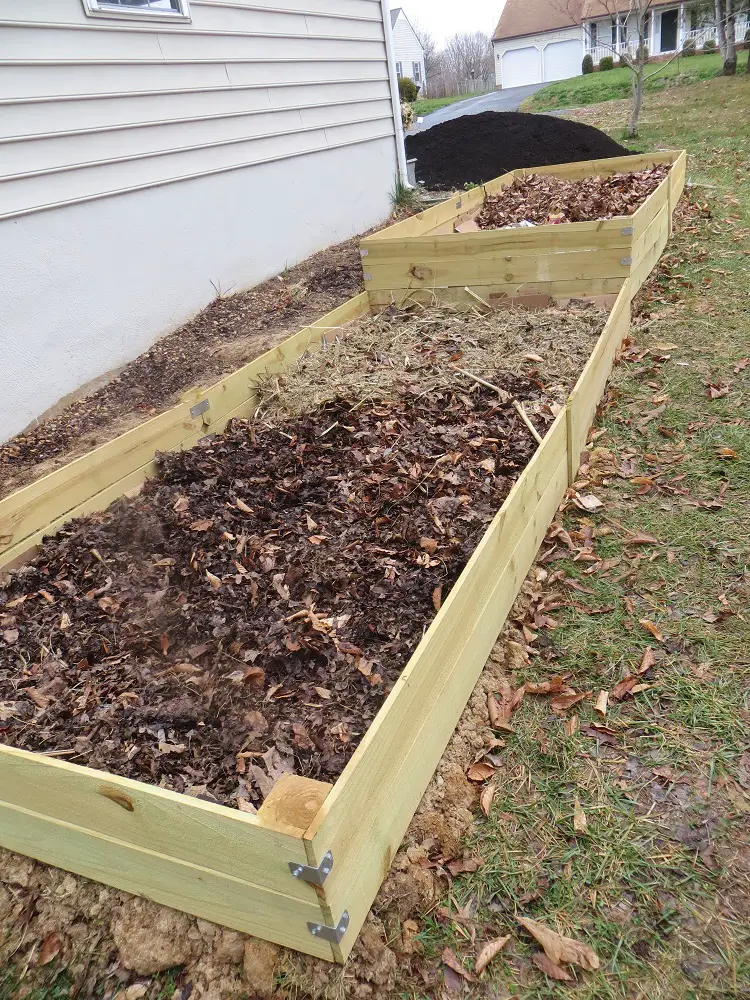
The Grow Monster does have a post on the things to consider in the fall when preparing the current raised bed structure for spring including:
- Wood rot
- Sides bowed out
- Bed location
- Pressure treated lumber
- Cement / cinder blocks
- Paint and sealed with top coat
- Tree root barrier
- Trellis and fence structures
Asking yourself this question in the fall will enable you to prepare for the repairs necessary before springtime rolls in. There is nothing like being ready with plants to put in a raised garden bed that requires repairs. You don’t want your plants waiting too long before being transplanted, else they will die. We know this has all happened to everybody, including The Grow Monster. It is important to address any show-stoppers with the raised garden beds in the fall and winter so that your energy and focus can be solely on planting things in them during the spring.
Will I Grow a Cover Crop over the Winter?
Some landscape and nursery businesses will change their business models in the winter months. They will go from from cutting lawns and installing landscapes in spring and summers to removing snow in the winter. You do not need to call it quits with the raised garden bed once fall rolls around. Gardeners too can continue to use their raised garden beds by considering what is called the winter cover crop method. Many folks may not know this, but some plants -albeit slowly- do grow over the winter.
What is a winter cover crop? Answer: a winter cover crop is grown for a number of reasons including reducing soil erosion, preventing weeds, providing soil aeration, bringing nutrients, nitrogen-fixing, and fertility to the soil surface. As winter approaches spring time, the crop is either harvested and/or turned back into the soil as a form of mulch, weed prevention, and as a source of compost for those plants that will be growing there in the spring. This is sometimes referred to as “chop and drop” mulching.
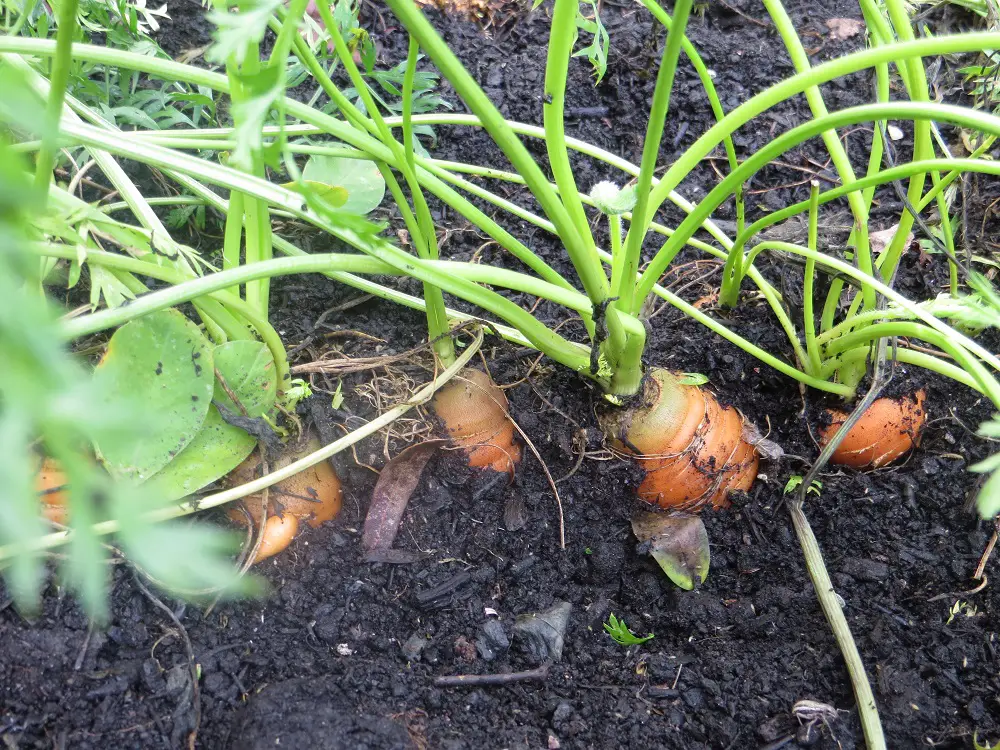
What plants are grown as a winter cover crop? Answer: winter cover crops will consist of a number of plant options including brassicas, radishes, carrots, fava beans, pleas, clover, vetch, lentil, flax, rye, oats, legumes, and alfalfa.
This also is a good question to be asked in the fall, if not a little sooner, as you will want to utilize this time to prepare the raised garden bed in the event that you do want to grow cover crops over the winter.
Note:
Plant your cover crop early enough when you plan raised garden beds for spring to ensure it will be finished by the time you need to be planting your spring plants
Will I Need to Order Additional Compost or Mulch?
Businesses ensure that they have adequate supplies and inventory to keep their operations running smoothly. The same thing applies to managing gardens and raised beds. Over time, the nutrients in compost will be consumed by the plants growing in the raised bed and needs to be replaced. The same thing applies to mulch as it breaks down- it is eventually composted, and turns into soil. Both compost and mulch need to be replaced over time as both provide very important functions in the garden bed.
Just be mindful of the difference between compost and mulch:
Compost is organic matter that has undergone natural decomposition processes that result in a highly-nutritious dirt-like material that acts as a good natural fertilizer for plants. The Grow Monster does have a post on the 7 ways to compost if you are interested in learning more.
Mulch is organic matter (e.g., wood chips, leaf matter) that has not yet undergone natural decomposition processes, but is used on garden surfaces to keep down the weeds and assist the soil in retaining moisture.
Asking yourself this question in the fall will help determine if more compost or mulch is needed. Once your raised beds have been repaired (if needed) and any new ones set up (ideally before spring), you will want to identify sources (e.g., nurseries, landscape companies) for compost and mulch as you plan raised garden beds for spring.
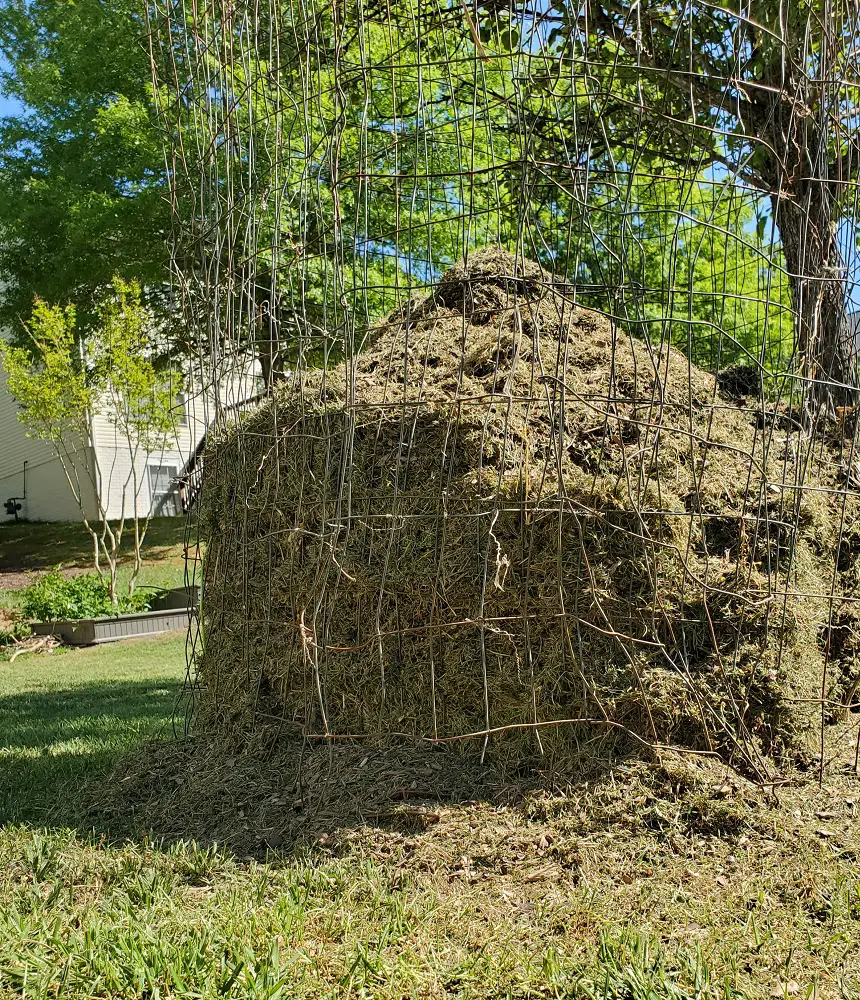
Visit those companies ahead of time to see the compost and mulch piles yourself to verify it is of the type/quality you need. You will want to schedule those orders to have them delivered prior to spring. You do not want to spend time spreading compost and mulch around when that time should be spent on putting plants and seeds into the ground. Also, there may be shortages in your area and planning ahead will help make sure you are able to get the best quality compost and mulch.
Will I need soil amendments?
Businesses will tend to monitor their operational processes to ensure that they remain in ‘control’ over time. The same is true when it comes to monitoring the soil conditions in the garden beds. Over time, soil conditions will change. This includes changes in soil pH, nutrients in the soil, and the level of aeration/compaction in the soil. Outside of compost and mulch already mentioned above, there might be the need to add soil amendments to keep conditions favorable for the types of plants that you would like to grow.
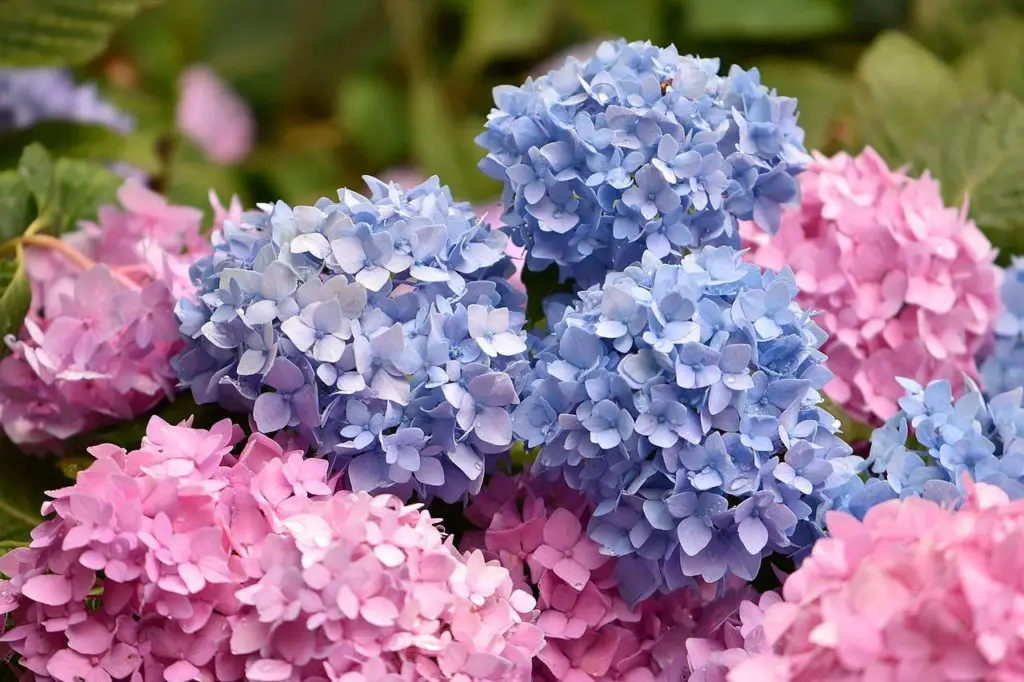
Soil pH Level. It is important to control the acidity level in the soil. This is usually referred to as the ‘pH’ level and is measured on a scale from ‘0’ to ’14’ where a level of ‘0’ is highly acidic and a level of ’14’ is low in acidity (alkaline). Studies show that the ideal pH level of soil for most crops is between 6.0 and 7.o. There is a relationship between soil pH and the availability of nutrients made available to the plants growing in that soil. Some plants prefer low pH levels and prefer a bit more acid in the soil (e.g., rhododendrons, azaleas, conifers, blueberries), whereas many other plants prefer a higher pH with less acidity.
The most widely used amendment to increase a soil’s pH level and to reduce the acidity is limestone (lime). The most commonly used amendment to decrease a soil’s pH level and to make it more acidic is aluminum sulfate and sulfur.
Soil Nutrients. There are a number of macronutrients and micronutrients (about 16 give or take) in the soil that will diminish over time depending on the types of plants grown in the soil and absorb those nutrients. The three most important nutrients are nitrogen (N), phosphorus (P) and potassium (K). This nutrient combo is sometimes known as the ‘NPK’ and you will see it reflected on bags of fertilizer with their relative composition reflected in numerical form (e.g., 20-20-20, 10-10-10). Other important nutrients are calcium, magnesium and sulfur. All of these elements are available as amendments in various forms of fertilizer products available.
Soil aeration and compaction. You will want to consider amendments that will increase the aeration of the soil and reduce the compaction of the soil. An aerated soil brings oxygen to the root systems of plants as well as allows water to flow through and other micro-organisms to thrive in the soil. A compacted soil is the opposite of an aerated soil. When soils are compacted (think foot paths, animal paths) and it constantly trampled by human and animal activity, it becomes lifeless and compacted.
Compaction can be reduced and aeration can be maximized with a number of soil amendments including perlite, vermiculite, and a selection of winter cover crops with tap roots that can penetrate a compacted soil to loosen the soil up and encourage better soil aeration. The Grow Monster does have a post if you’d like to learn more about perlite and vermiculite.
Again, you will want to determine early in the fall if you will need soil amendments when you plan raised garden beds for spring. The sooner you can ask the question, plan, and incorporate the amendments into the soil ahead of spring, the better. You don’t want to be spending time adding amendments to the soil in the spring when you would rather enjoy the time putting plants into the ground.
Final Thoughts
Whether you are a garden hobbyist or treating raised beds like a business, you now have some useful questions to consider when you plan raised garden beds for spring. It is ideal to start your raised bed garden plans in the fall in preparation for the following spring. Though, if you are reading this in the spring or summer, don’t worry. You can still pursue the answers to your questions and prepare your raised bed accordingly. The process of gardening -like business processes- are cyclical. You can always improve the gardening process in the next cycle.

